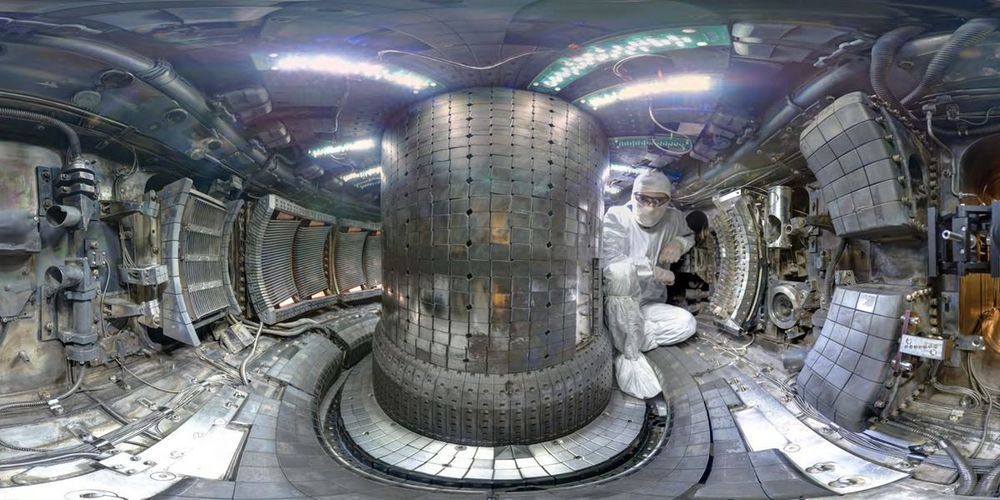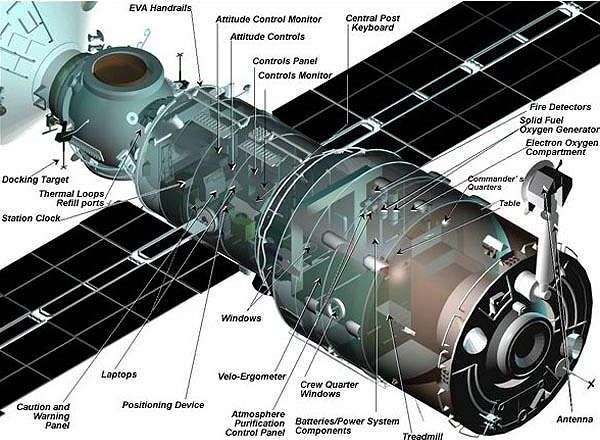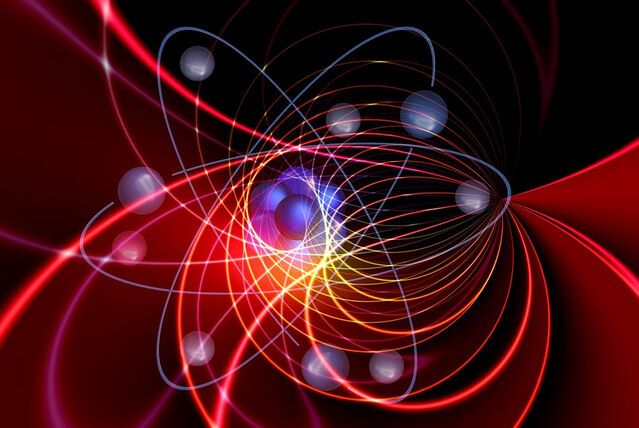Huanghe Hydropower Development has connected a 2.2 GW solar plant to the grid in the desert in China’s remote Qinghai province. The project is backed by 202.8 MW/MWh of storage.
Chinese state-owned utility Huanghe Hydropower Development has finished building the world’s largest solar power project in a desert in the northwestern Chinese province of Qinghai.
Chinese inverter manufacturer Sungrow, which supplied the inverters, said that the 2.2 GW solar plant was built in five phases. It involved an investment of RMB15.04 billion ($2.2 billion) and includes 202.8 MW/MWh of storage capacity. The company announced the storage system as a solar+storage project in mid-May, but at the time it did not reveal that it was to be connected to a giant solar plant.







